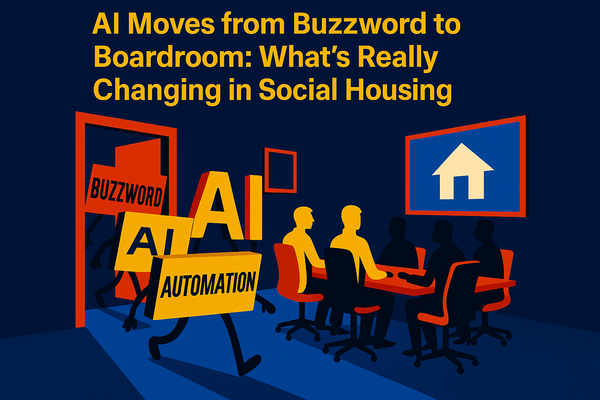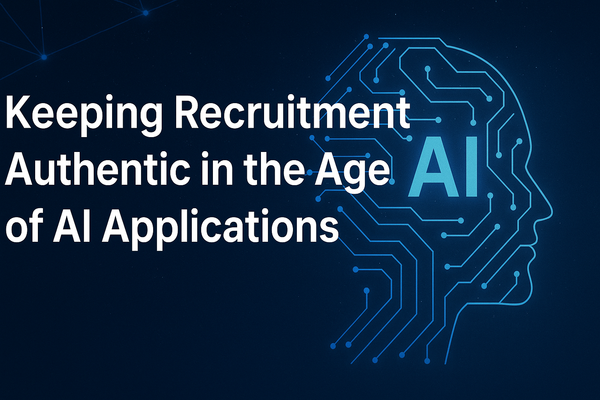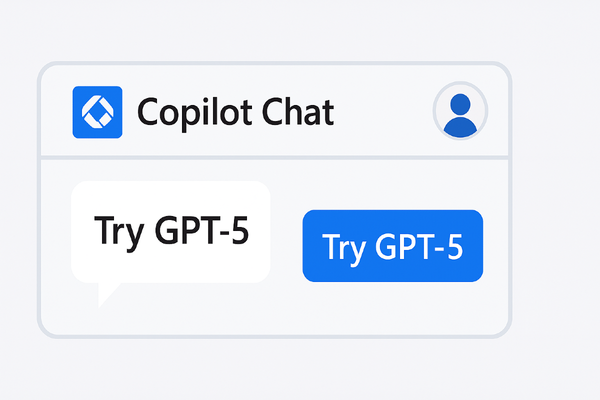Awaab’s Law and AI: How Technology Can Turn Compliance into Confidence

📌 Update [27 June 2025]: Timelines Clarified Following Government Guidance
Since this blog was first published on 24 June to coincide with the start of #Housing25, the government has released formal regulations and clarified the legal response times under Awaab’s Law (on 25 June 2025).
While the original blog content reflected sector expectations at the time, the specific compliance timelines have now been updated and amended within this post to reflect the final published guidance.
As #Housing25 kicks off in Manchester, attention across the sector is rightly fixed on Awaab’s Law—now in force, and now requiring real-world delivery. It’s no longer about policy plans or high-level statements. The challenge now is operational:
How can social landlords respond quickly, document thoroughly, and prevent future harm?
AI offers more than digital polish. Used properly, it can help housing providers deliver compliance that’s not just a tick-box exercise, but something reliable, efficient, and truly transformative. This blog marks the start of our Housing25 blog series, where we explore the practical role AI can—and must—play in meeting the new regulatory expectations.
📌 What Awaab’s Law Requires
- 🕒 Updated Compliance Timelines Under Awaab’s LawEffective from 27 October 2025. Following the publication of final guidance on 25 June 2025, the timeframes for landlord responses under Awaab’s Law have been legally defined as follows:
🔴 Emergency Hazards
- Must be investigated and made safe within 24 hours of the landlord becoming aware
🟠 Non-Emergency Hazards (e.g. damp, mould, leaks)
- The landlord must investigate the issue within 10 working days of becoming aware
- Once the investigation is complete, the tenant must receive a written summary of the findings within 3 working days
- If a category 1 or 2 hazard is identified:
Repairs must begin within 5 working days of the investigation
If major works are required, they must commence within 12 weeks
⚠️ Note: While the law sets deadlines for investigation and repair commencement, all works must be completed within a “reasonable timeframe,” with records kept to demonstrate compliance.
🤖 How AI Supports Smart Compliance
1. AI-Powered Case Management & Audit Trails
Digitally categorise, track, and flag cases—creating a robust audit trail to withstand regulator scrutiny.
2. Early Risk Detection
- Image recognition spots mould in tenant-submitted photos
- Natural language processing flags high-risk complaints from texts/emails
- Predictive analytics highlights homes most at risk before problems arise
Case Study: Wolverhampton Homes, using NEC Software, reached 98% accuracy in predicting damp and mould risk.
3. Automated Scheduling & SLA Monitoring
Ensure jobs are prioritised and completed within required timeframes, with alerts to prevent breaches.
4. Real-Time Monitoring
- Sensors flag humidity/temperature issues in real-time
- Dashboards track cases and trends at estate level
- Centralised documentation keeps everything auditable and accessible
Case Study: Greatwell Homes, using Mobysoft’s RepairSense, reduced interventions to just 6% of properties with AI triage.
5. Better Training & Engagement
- AI-powered e-learning for staff on spotting early warning signs
- Automated tenant education and proactive comms reduce recurrence
6. Continuous Improvement
Quarterly AI-driven reviews help track KPIs, post-repair satisfaction, and opportunities to improve.
🛠 The Art of the Possible: Real Sector Tools
| Provider | What It Does | Sector Impact |
|---|---|---|
| NEC Software & Wolverhampton Homes | Predicts risk using repair data | 98% risk ID accuracy |
| Mobysoft RepairSense | AI case triage and prioritisation | 99% case precision |
| Leeds Beckett / BuildEco | AI-led retrofit diagnostics | Structural mould risk ID |
| University of Salford | Machine learning damp/mould ID | Early detection before complaints |
⚠️ A Word of Caution
While AI offers significant potential to transform compliance and improve outcomes, it is not a silver bullet. Successful implementation depends on high-quality data, robust governance, and ongoing human oversight. It’s also vital to ensure that AI tools are transparent, fair, and keep tenants’ needs at the centre. Throughout this series, we’ll explore not just the benefits but also the practical challenges and considerations that come with adopting AI in housing.
✅ Where to Start
- Audit your current complaint-to-repair journey
- Invest in targeted AI tools—start with high-impact, low-effort wins
- Upgrade environmental monitoring in vulnerable homes
- Train both staff and tenants
- Adopt a continuous improvement mindset—this is an ongoing standard, not a one-off fix
🎯 Final Word
Awaab’s Law is a line in the sand. With AI, social landlords can go beyond compliance and deliver safer, healthier homes—with the confidence to prove it. And over the next four weeks, we’ll show you exactly how.
📘 Coming next: What AI Tools Should Housing Providers Be Looking At?
Stay with us as we unpack some of the sector’s smartest tech for tackling damp, mould, and compliance risk head-on.
[Part 1 of the Housing25 Special Series on socialhousing.ai]



